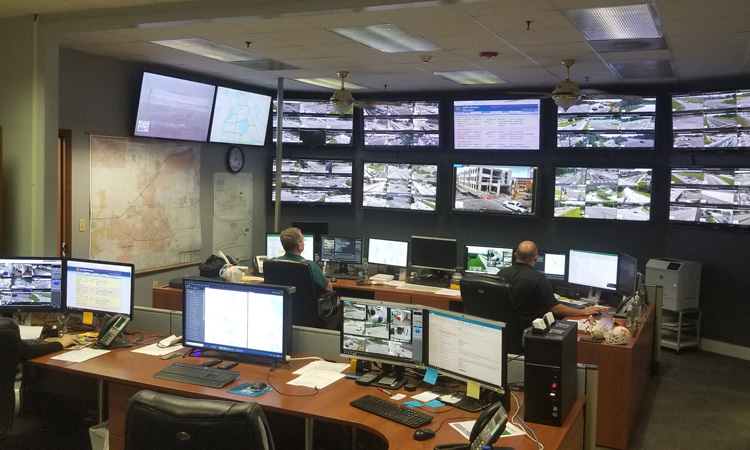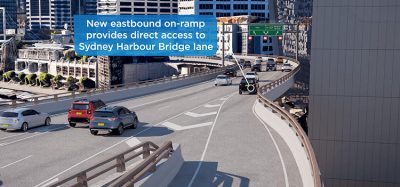Building Lakeland’s Traffic Management Center
- Like
- Digg
- Del
- Tumblr
- VKontakte
- Buffer
- Love This
- Odnoklassniki
- Meneame
- Blogger
- Amazon
- Yahoo Mail
- Gmail
- AOL
- Newsvine
- HackerNews
- Evernote
- MySpace
- Mail.ru
- Viadeo
- Line
- Comments
- Yummly
- SMS
- Viber
- Telegram
- Subscribe
- Skype
- Facebook Messenger
- Kakao
- LiveJournal
- Yammer
- Edgar
- Fintel
- Mix
- Instapaper
- Copy Link
Posted: 30 June 2020 | Angelo Rao - City of Lakeland | No comments yet
Angelo Rao P.E., Manager of Traffic Operations and Parking Services at the Public Works Department of the City of Lakeland, describes how the Florida city has become a “big little town” thanks in no small part to a decade of technological advancement in its transport network.


The City of Lakeland, with a population of 110,000 and situated in Polk County Florida, nestled between Tampa and Orlando, is home to a progressive, inspiring and multimodal transportation centre – and one that prioritises people.
In part, with the utilisation of 94 CCTV cameras for live monitoring and the Regional Integrated Transportation Information System (RITIS) along the city’s corridors, our division monitors traffic conditions and collects travel times in real time. The Florida Department of Transportation (FDOT) District 1 provides resources and works with the City of Lakeland’s Traffic Management Center (TMC) staff to implement signal timing changes to enhance traffic flow and reduce motorist delay.
Further, FDOT District 7’s Sun Guide Center in Tampa, Florida, Turnpike Center in Turkey Lake, and the City of Lakeland’s TMC team, work together through the Traffic Incident Management (TIM) Team to improve interstate-arterial coordination during incidents on I-4 and the Polk Parkway through Lakeland.
In the summer of 2005, the FDOT D-1 began the process of working with the City of Lakeland’s Traffic Operations and Parking Services Division (TOPS) to develop and implement the city’s first TMC. In those days, we had a 100 per cent copper ‘JHK Hybrid Signal System’ (just one workstation) in place for all 148 traffic signals.
The process eventually led to the creation of our modern-day Traffic Management Center (TMC) – even if it is for a relatively small city like Lakeland.








